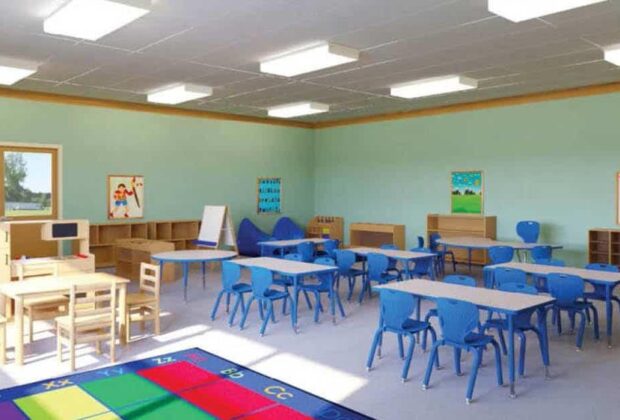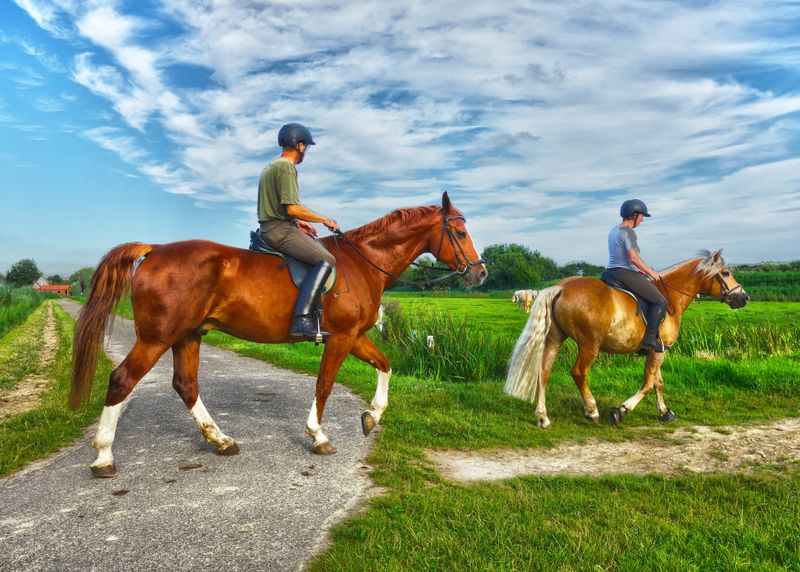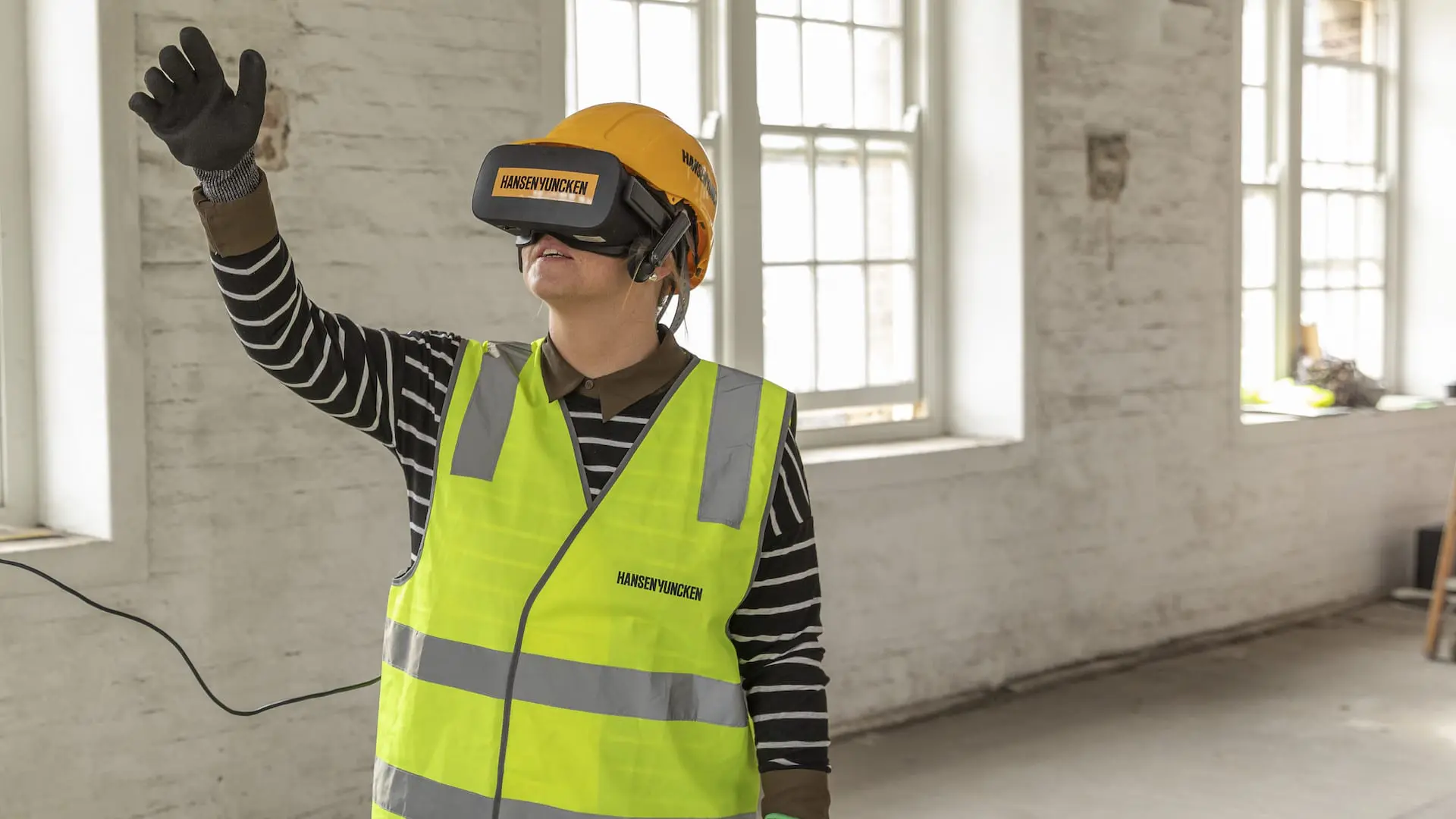An early learning centre is a springboard for growth, where children learn to explore, create, and learn vital social, emotional, and cognitive skills. To maximise its benefits, it’s essential to foster a stimulating and engaging environment. This blog post delves into design and setup ideas to transform an early learning centre into a vibrant hub of activity.
Understanding the Importance of the Environment
Before we discuss design ideas, it’s critical to understand the role the environment plays in a child’s development. An early learning environment is not merely a physical space but also a psychological and emotional space that contributes to children’s holistic development. The design of a space directly impacts children’s behaviour, development, and learning. So, how can we make it enriching?
Key Components of a Stimulating Environment
Colour
Colours affect mood, attention, and behaviour. Bright colours are excellent in small doses, but overuse can be overstimulating. Consider using a mix of neutral and bright colours. Include the former for a calming backdrop and use the latter for emphasis on areas like learning stations, displays, and focal points.
Light
Natural light is crucial for developing healthy sleep patterns and boosting mood and learning. Maximising the amount of natural light in your learning centre can help create an energetic, inviting environment. If your centre doesn’t have a lot of natural light, consider installing full-spectrum bulbs to mimic daylight.
Space Design
Space should be well-organised and divided into specific learning areas. Each area should be designed with a specific purpose in mind, such as art, reading, dramatic play, and science exploration. Remember to allow ample space for movement and interaction.
Furniture & Materials
Furniture should be child-sized to promote independence – use rugs, pillows, and bean bags to create cosy, comfortable spaces. As for materials, include a variety of toys and educational resources that cater to different interests, learning styles, and developmental stages.
Outdoor Space
Outdoor play is integral to children’s development – create an outdoor learning environment with a mix of natural elements and play structures. Consider including a garden area, sandbox, water play station, climbing structures, and other sensory-rich materials.
Setup Ideas for a Stimulating Early Learning Environment
Learning Stations
Set up different learning stations within the classroom, each dedicated to a specific type of activity. For example, a reading corner stocked with age-appropriate books, a playdough station for fine motor skill development, and a construction area with blocks for spatial skills and creativity.
Interactive Display Areas
Interactive display areas can exhibit children’s work, creating a sense of ownership and pride. They can also serve as learning aids, showcasing educational materials, or themed displays relating to ongoing projects or topics of interest.
Sensory Bins
Sensory bins filled with various materials like sand, water, rice, or pasta offer tactile experiences that stimulate children’s senses and promote exploration and discovery.
Risk Management for Early Learning Centres
Creating a stimulating environment also means ensuring it’s safe. Adequate risk management for early learning centres is a critical aspect of setting up and running an early learning centre. Risk management involves regular safety audits, clear safety protocols, appropriate staff training, and continuous monitoring to address hazards.
Safety should not hinder exploration but instead support it. For instance, instead of eliminating all climbing opportunities due to potential risks, provide safe and age-appropriate climbing structures, and establish clear rules about their use.
Final Thoughts
Creating a stimulating environment in an early learning centre requires careful planning and execution, considering factors from colours and lighting to space design and safety.








